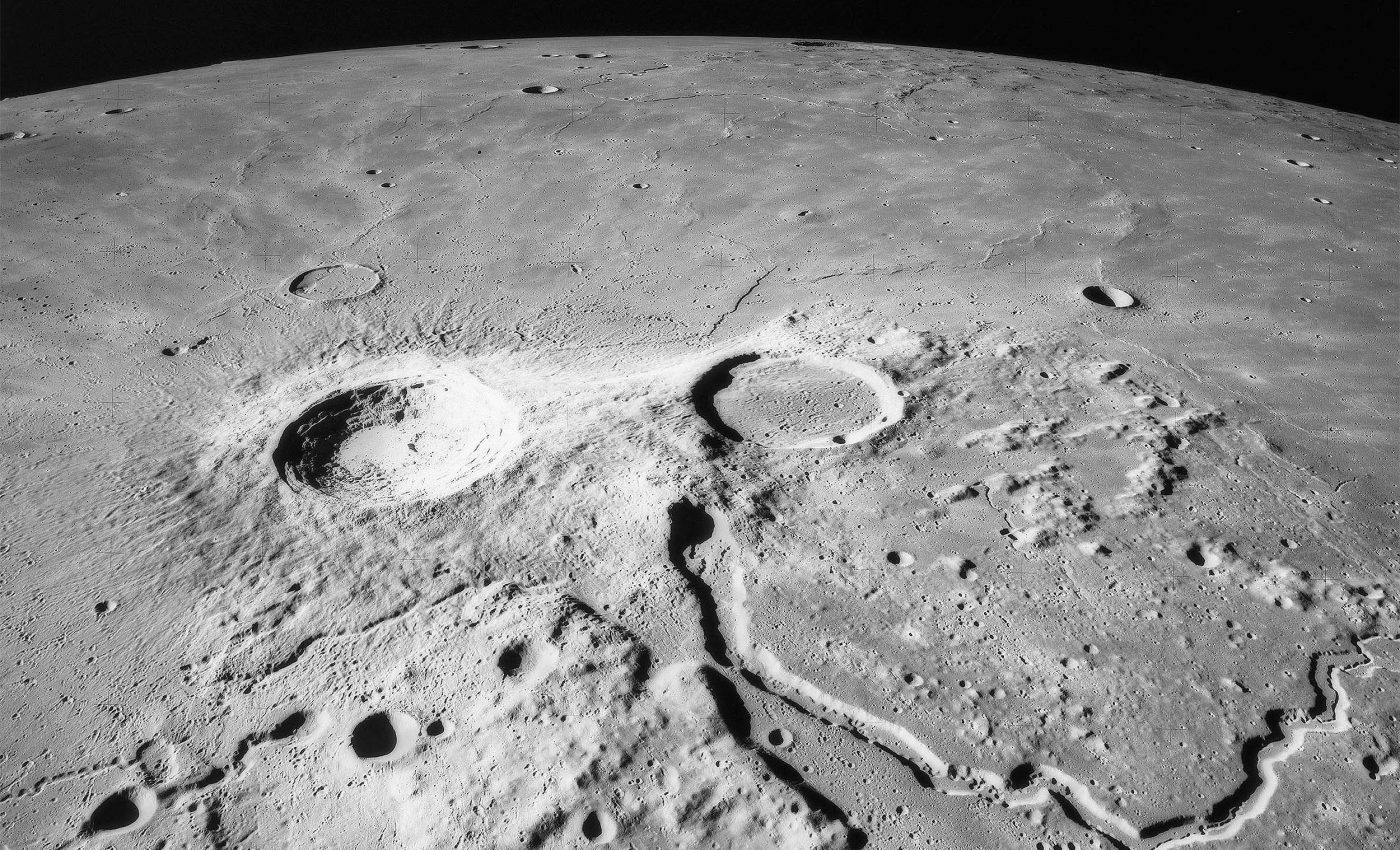
Meteorite from the moon tells a detailed story about lunar volcanoes
People have always been curious about what the Moon is made of. Scientists have studied its surface for decades, but many questions remain. In 2023, something unexpected happened. A meteorite from the moon landed in Africa, and it had a story to tell.
Scientists named it Northwest Africa 16286. It’s not just another Moon rock. It’s about 2.35 billion years old. That makes it a rare discovery.
Researchers revealed their findings at the Goldschmidt Conference in Prague. This meteorite is helping to fill a missing piece of the Moon’s volcanic history.
Why this Moon rock matters
Over time, lunar missions have brought back many samples from the Moon, but those come from small, isolated areas on the Moon’s surface. This rock, in contrast, came to Earth on its own.
It got knocked off the Moon by an impact. After floating through space, it landed on Earth. That makes it different from any mission sample.
“Lunar rocks from sample return missions are fantastic in the insights they provide us, but they are limited to the immediate areas surrounding those mission landing sites,” said Dr. Joshua Snape, a research fellow at the University of Manchester who presented the research at the Goldschmidt Conference.
“By contrast, lunar meteorites can potentially be ejected by impact cratering occurring anywhere on the Moon’s surface. As such, there’s some serendipity surrounding this sample; it just happened to fall to Earth and reveals secrets about lunar geology without the massive expense of a space mission.”
Moon rock’s chemical clues
Scientists started studying the rock’s features right away. They dated it back to 2.35 billion years ago. That makes it the youngest basaltic lunar meteorite ever found here on Earth.
This rock didn’t form near the Moon’s surface. Instead, it came from deep inside. It likely formed after lava flowed out and hardened.
Its chemical makeup stood out right away. It had high levels of potassium and moderate titanium. It also contained large crystals of olivine, a mineral found in volcanic rocks.
The researchers also studied its lead isotopes. They found something unusual. The rock came from a part of the Moon with a high uranium-to-lead ratio. That suggests the Moon’s interior stayed hot for longer than expected.
How this rock solved a Moon mystery
This discovery matters because it fills a huge gap in the Moon’s volcanic timeline. Before this, there was little information about this period in lunar history.
“The age of the sample is especially interesting because it fills an almost billion-year gap in lunar volcanic history. It’s younger than the basalts collected by the Apollo, Luna and Chang’e 6 missions, but older than the much younger rocks brought back by China’s Chang’e 5 mission,” explained Dr. Snape.

He added that the rock’s age and composition show that volcanic activity continued on the Moon throughout this timespan, suggesting the existence of a heat generation process within the Moon.
This process could potentially have involved radiogenic elements that decayed and released heat over a long period of time.
In simpler terms, the Moon stayed active for longer than many scientists thought. This rock proves it.
Journey of the rock
The rock’s journey wasn’t smooth. It got hit by an asteroid or meteorite while it was still on the Moon. That impact created glassy pockets and veins inside the rock. These features show how violent its history was.
Dating rocks like this is tricky. But the scientists still got a good estimate. They calculated its age within about 80 million years. That’s accurate enough for this kind of research.
“Moon rocks are rare, so it’s always interesting when we get something that stands out and looks different to everything else,” Dr. Snape continued.
This particular rock provides new constraints about when and how volcanic activity occurred on the Moon.
“There is much more yet to learn about the Moon’s geological past, and with further analysis to pinpoint its origin on the surface, this rock will guide where to land future sample return missions,” added Dr. Snape.
This small rock holds big clues
This meteorite weighs just 311 grams. It is one of only 31 lunar basalts found on Earth. Despite its small size, it offers a huge amount of new information.
The Royal Society funded this research. Scientists plan to publish a full study in a peer-reviewed journal later this year.
The Goldschmidt Conference is the biggest geochemistry conference in the world. Held in Prague from July 6 to 11, the event drew over 4,000 scientists from around the world.
Among many studies at the conference, this Moon rock stood out. It shows how much we still have to learn about the Moon’s long history.
—–
Like what you read? Subscribe to our newsletter for engaging articles, exclusive content, and the latest updates.
Check us out on EarthSnap, a free app brought to you by Eric Ralls and Earth.com.
—–













